Huawei P9 is a unique phone which put a lot of focus into the Dual-Camera. The camera was co-developed with the iconic 100-year-old company, Leica whose reputation for photography goes way beyond any other company. This is a review of the camera alone. If you are interested in the phone, check out the complete phone review here.
The P9 has a dual-lens primary camera, each 12MP and single 8MP Secondary Camera. The primary cameras use the Sony IMX286 Sensor, but Leica makes the lenses. One sensor is for taking regular shots and the other is to take Monochrome shots. They have a pixel size of 1.25um. The primary camera has an aperture of f/2.2 and secondary camera is f/2.4. Right next to the two camera sensors is the dual-tone flash. Next to those is the laser for focusing. Below the camera is the fingerprint sensor which doubles up as a shutter button along with the volume button. Double-Press the volume down button to open the camera from anywhere and immediately shoot a photo. This whole process takes just about a second!
With the regular photo mode where you will be shooting with the Auto mode, the camera is pretty snappy. The colour reproduction is not bad. Coming to the actual colours, the Greens are over-saturated(Which for some reason is a trend in a lot of phones out there). The Blues are normal and the Red is under saturated. The flash is good and manages to light up pretty well under low light conditions. The laser focus next to is a matter of concern. It does not do auto-focus very well and takes a while.
The Huawei P9 comes with Kirin 955 which has a Dual Core ISP and a dedicated DSP for post processing. Huawei still manufactures These components. But Leica does a lot of the software processing. On the top, you can choose three presets for shooting: Standard, Vivid and Smooth. The images were good in standard. In Vivid, the green has been bumped up by a large extent, Blues and Red by a bit. In smooth, all of this has been brought down by a bit.
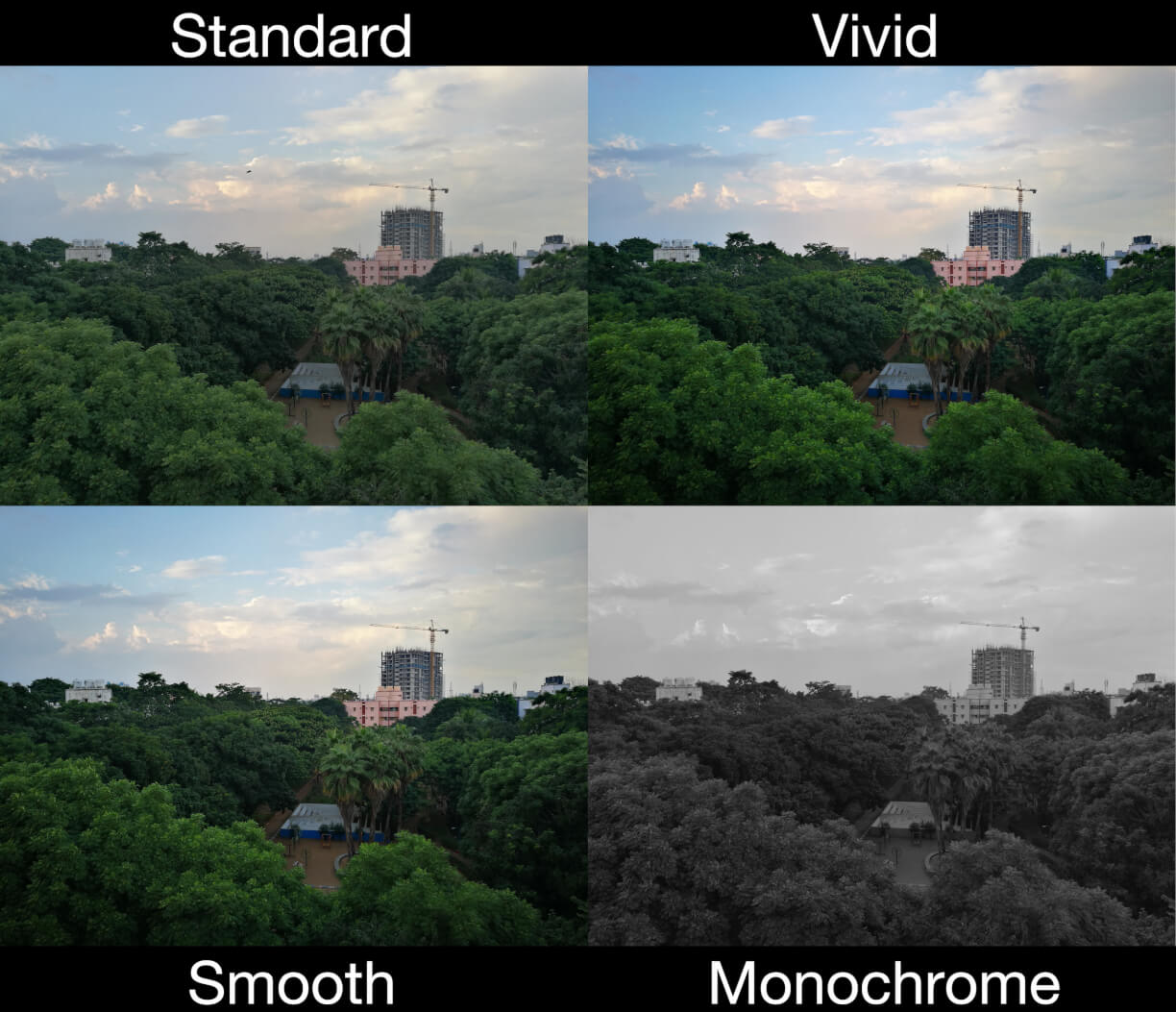
The most important part of the Huawei P9 is it’s secondary Monochrome camera. This camera is capable of shooting native B&W shots and since it is native and there is no post processing, these monochrome shots can capture way more light that a standard camera would. Also, this comes handy when shooting standard photos. The standard camera shoots the image and its colours. The Monochrome camera collects all the light information and is combined with the picture from the regular camera. Apparently, this process results in better low light shots. Sure, the low light shots are excellent. But honestly, I do not know how much of a difference this process makes.
Another important mode in the Huawei P9 is the Pro Mode. Pro Mode lets you adjust all the settings and shoots in RAW(Adobe DNG). Pro Mode lets you adjust ISO(50 to 3200), Shutter Speed(1/4000 to 30″), Exposure(-4 to 4), Focus and White Balancing.
Aperture Mode is present on the top where you can get a nice Bokeh effect around your subject. This is once again, made possible by two cameras of Huawei P9. Choose your subject and set an aperture between f/0.95 and f/16. Shooting in f/0.95 makes the image look artificial, and there’s not much when you move to f/16. But somewhere in between, you can get the perfect Bokeh Shot.
The 8MP Secondary Camera is also superb under light. But it suffers from a lot of grains under low light conditions. While shooting a selfie, the live footage is also shown on the top left, right below the camera sensor to make sure you’re looking right into the camera. Once again, the camera app includes the Beauty mode which looks very weird, but every manufacturer insists on adding.
Swiping left on the P9, you can enable various shooting modes. It includes HDR, Night Shot, Light Painting, Time Lapse and Panoramas which go up to 270 degrees. The camera does punch in a lot of tiny little features like saying ‘Cheese’ will shoot a photo.
When it comes to videos, not a lot of effort has been put into it. It shoots in 1080p and does well with it. But there is nothing beyond that. There is no 4K shooting while other phones in the same category can do that. The phone also shoots Slow-Mo shots in 720P.
Once shot, you get various editing tools to make colour adjustments or crop the photo. But the best part of the gallery app is that you can see the EXIF data.
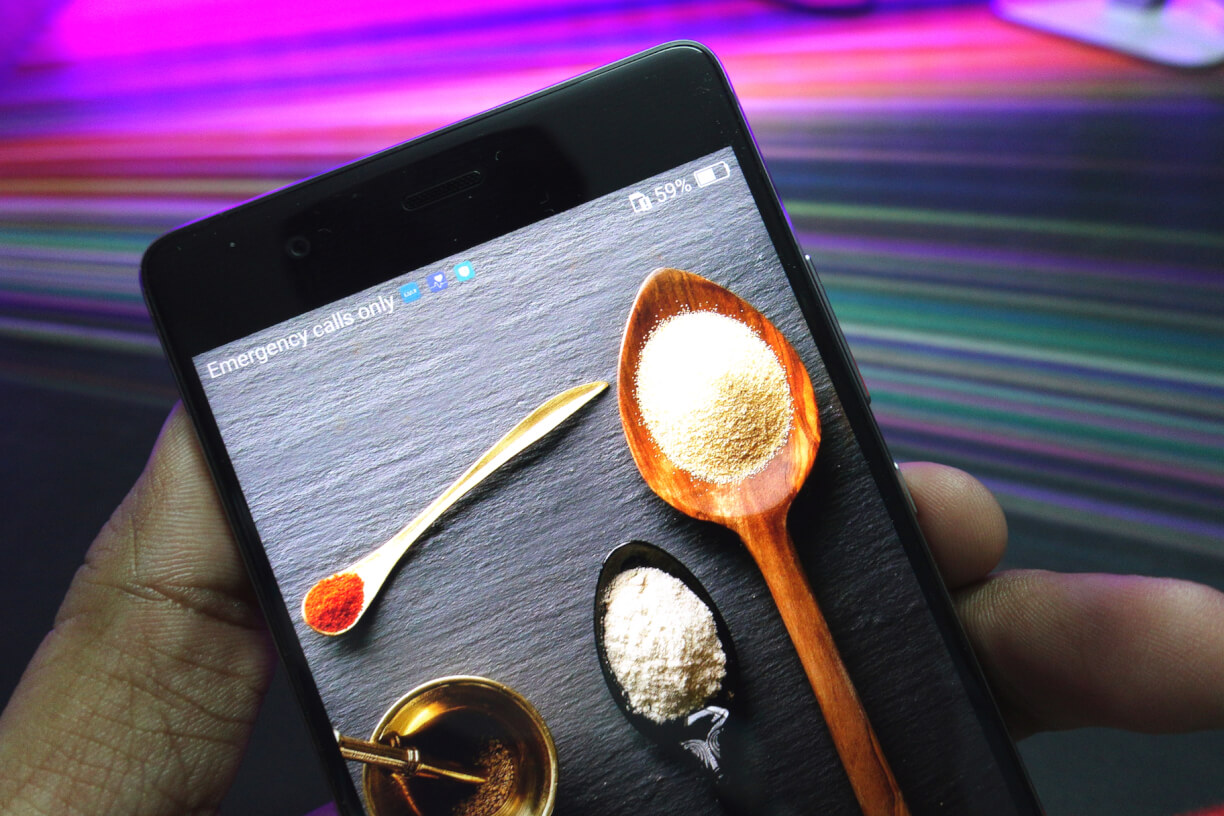
The Huawei P9 Camera is nothing extraordinary. But it does do a lot right, and the Monochrome camera is good. It is one of the best cameras I’ve seen on a phone. The P9 costs Rs. 39,999 and the camera alone does not justify that price. But it is an excellent camera packaged in a phone which feels great to use. This might be the reason to get the phone.
Here are some of the photos we shot on the P9. You can decide for yourself.

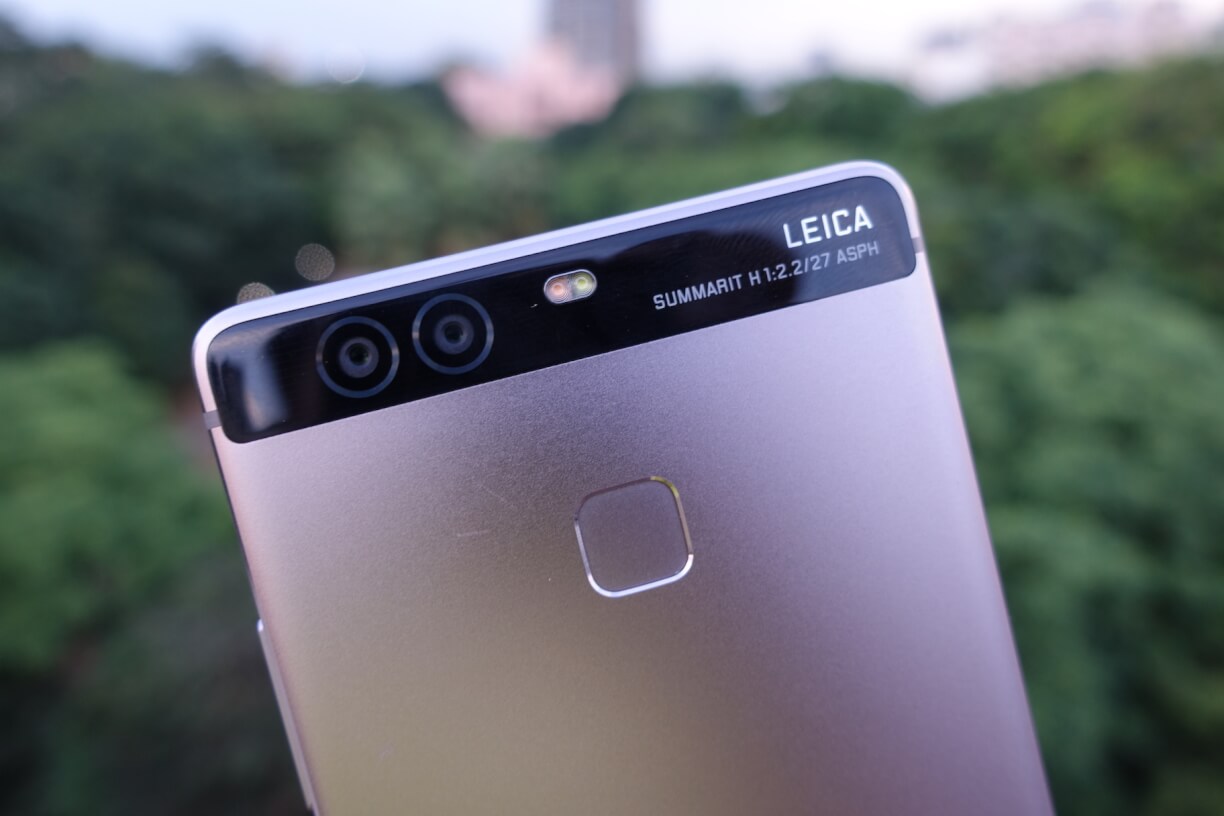
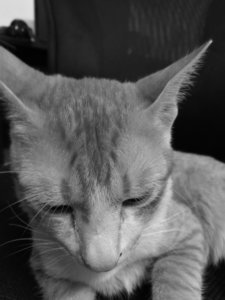
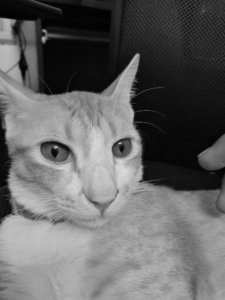
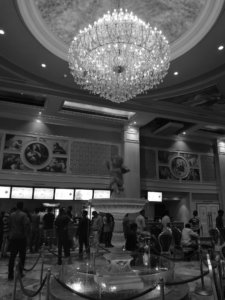
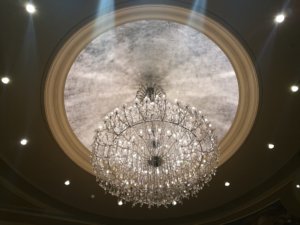
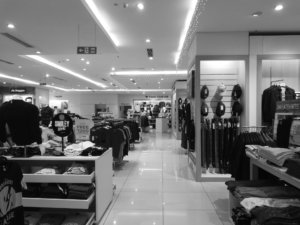
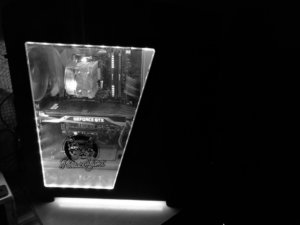
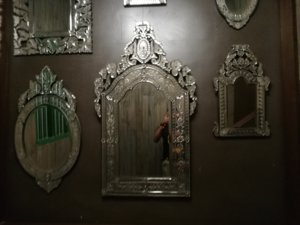
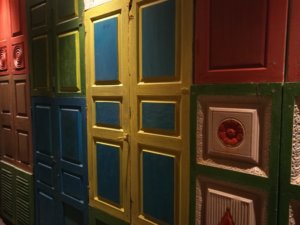
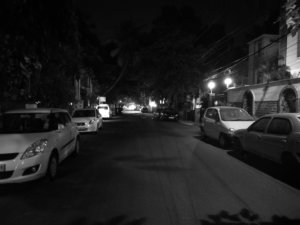
[…] Huawei P9: Camera Review […]